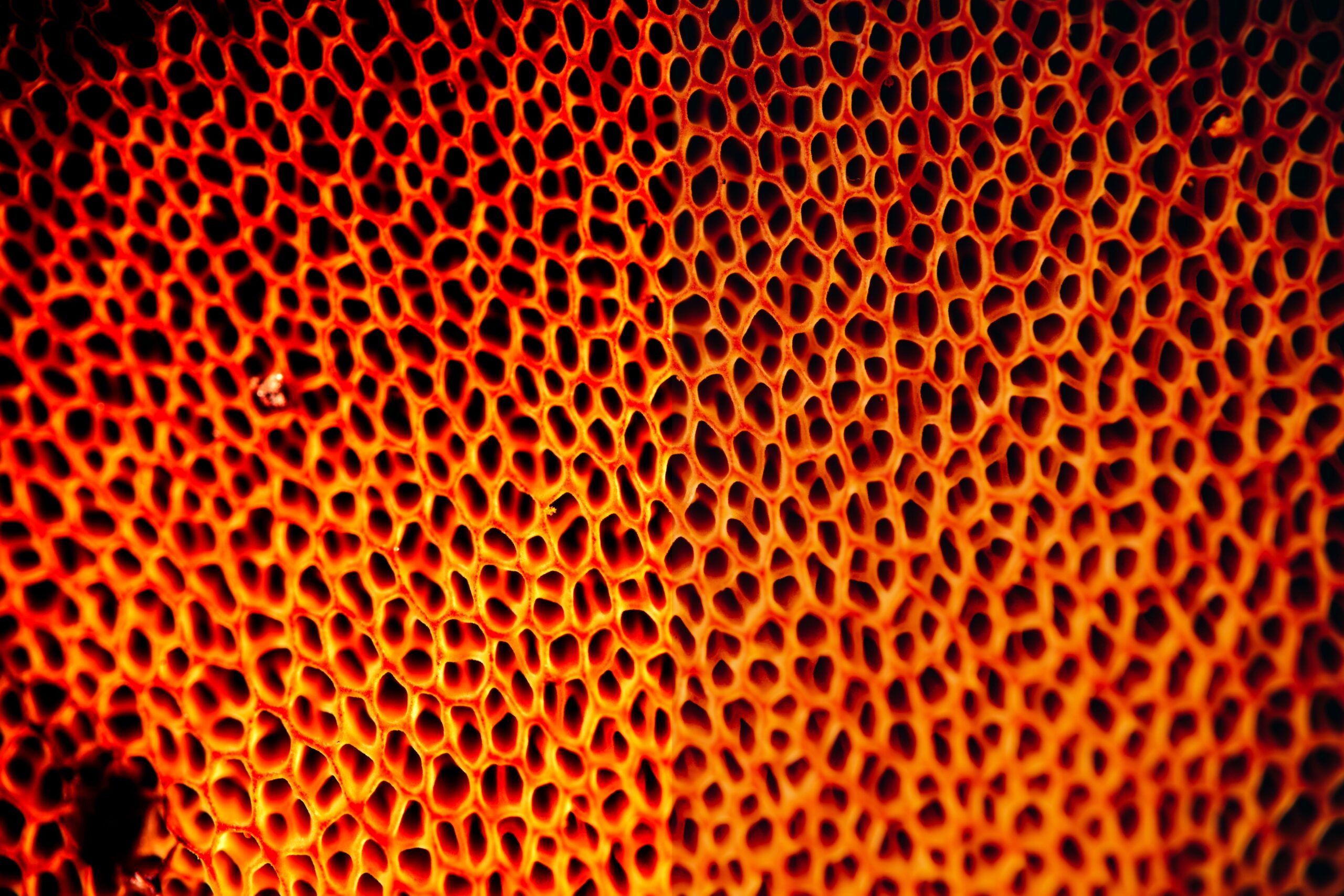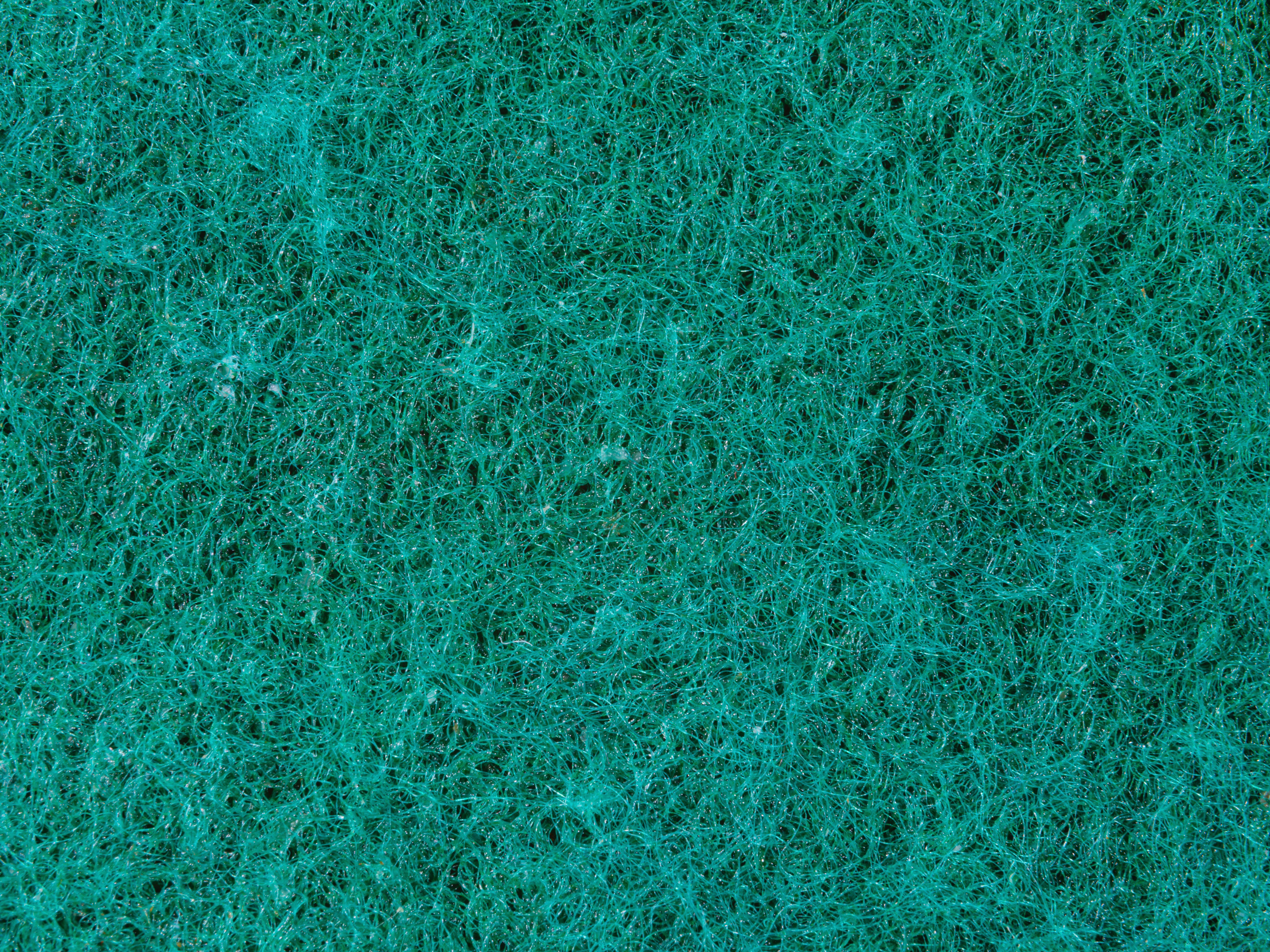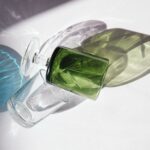Prepare to be fascinated by the incredible world of glass sponges! In this article, we will delve into the depths of the ocean to discover some truly remarkable and surprising facts about these unique creatures. From their delicate and intricate glass-like structures to their ability to filter vast amounts of water, glass sponges hold a wealth of secrets waiting to be explored. So, join me on this underwater adventure as we uncover the hidden marvels of the mesmerizing glass sponge realm.

Fun Facts About Glass Sponges
Glass sponges are truly fascinating creatures that inhabit the depths of the ocean. These delicate organisms possess some incredible attributes that make them unique in the marine world. Let’s dive into the marvelous world of glass sponges and uncover some fun facts that will leave you awestruck.
1. Skyscrapers of the Ocean: Did you know that glass sponges, particularly demosponges, hold the record for being the largest of all sponge species? Some of these magnificent organisms can grow to astonishing heights, resembling towering skyscrapers in the depths below. It’s incredible to think that these delicate creatures can reach such impressive sizes.
Glass sponges, including demosponges, are the giants of the sponge world. Towering above other species, they amaze us with their extraordinary size.
2. An Ancient Legacy: Glass sponges have ancient roots and can be considered one of the oldest living organisms on Earth. Fossil evidence suggests that these creatures have inhabited the oceans for hundreds of millions of years, surviving and thriving through countless changes in the environment. Their resilience and longevity remind us of the incredible adaptability of life under the sea.
Through eons of time, glass sponges have witnessed the ever-changing face of our planet, standing as a testament to their endurance and ancient legacy.
3. Spectacular Skeletons: One of the most striking features of glass sponges is their delicate and exquisite skeletons. Made of silica, these skeletons are formed by delicate, glass-like spicules. These intricate structures not only provide support for the sponge but also create stunning geometric patterns that captivate the eye. The combination of fragility and beauty in their structures is truly remarkable.
Gaze upon the mesmerizing beauty of glass sponge skeletons, a delicate lattice of silica that beckons us to marvel at the wonders of nature’s artistry.
4. A Symbol of Love: In Japan, glass sponges hold a special place in culture as a symbol of undying love. These fragile organisms embody the tenacity and strength of love, as they endure the harsh conditions of the deep sea. Their symbolic significance reminds us of the power of love to transcend boundaries and endure even in the harshest of environments.
In the land of the rising sun, glass sponges are not only admired for their beauty but also cherished as a symbol of love that knows no bounds.
5. Silent Architects: Glass sponges are not just passive inhabitants of the deep sea; they are intricate architects and builders. Take the glass rope sponge, for example. This species weaves its skeleton using silica, creating an intricate network of tubes that resemble a delicate rope. Their silent construction projects add another layer of awe to these already incredible organisms.
Watch in wonder as the glass rope sponge deftly weaves its silica threads, crafting a masterpiece of engineering that harmonizes with the ocean’s depths.
6. Beneath the Surface: Glass sponges may seem fragile and delicate, but they have developed unique adaptations to thrive in their deep-sea homes. These organisms anchor themselves to hard surfaces, such as rocks or coral, using structures called basal disks. This allows them to stay firmly attached and absorb nutrients from the surrounding water. By filtering small bacteria and plankton, glass sponges play an important role in maintaining the balance of their marine ecosystems.
Hidden beneath the surface lies a world of tenacity and resourcefulness, as glass sponges cling to their solid foundations and gracefully filter the sea’s offerings.
7. Building Bridges: Glass sponges don’t just build structures for themselves; they contribute to the formation of underwater ecosystems. Some species of glass sponges can form vast reefs, providing habitats for a wide variety of marine organisms. In fact, fossilized glass sponge reefs have been discovered in parts of Europe, serving as a reminder of the immense ecological impact these creatures can have.
Let us weave a tale of underwater wonder, where glass sponge reefs bridge gaps in marine ecosystems, offering shelter and sustenance to an array of sea creatures.
8. Scientific Marvels: Glass sponges have caught the attention of scientists worldwide, not only for their beauty but also for their unique properties. Researchers have utilized sponge spicules, the silica structures found in glass sponges, for various scientific purposes. From conducting research on cell growth to exploring the potential of commercial fiber-optics, these remarkable organisms have contributed to advancements in a variety of fields.
In the realm of science, glass sponges light our path towards new discoveries, as their delicate spicules unlock doors to understanding the marvelous intricacies of life itself.
These fun facts about glass sponges offer a glimpse into the enchanting world of these marine marvels. From their ancient lineage to their intricate skeletons and ecological contributions, glass sponges continue to inspire awe and fascination among scientists and enthusiasts alike. Let us celebrate these extraordinary creatures and their hidden wonders that lie beneath the ocean’s depths.
Fun Facts About Glass Sponges:
1. Skyscrapers of the Ocean: Glass sponges, especially demosponges, are the largest sponge species, resembling towering skyscrapers underwater.
2. An Ancient Legacy: Glass sponges are one of the oldest living organisms, dating back hundreds of millions of years.
3. Spectacular Skeletons: Glass sponges have delicate skeletons made of silica, forming stunning geometric patterns.
4. A Symbol of Love: In Japan, glass sponges symbolize enduring love in the face of harsh conditions.
5. Silent Architects: Glass sponges, like the glass rope sponge, are skilled builders, weaving intricate structures out of silica.
6. Beneath the Surface: Glass sponges anchor themselves to hard surfaces and filter small bacteria and plankton from the surrounding water.
7. Building Bridges: Some glass sponges form reefs, creating habitats for many marine organisms.
8. Scientific Marvels: Glass sponges have been used in scientific research, from studying cell growth to commercial fiber-optics.
Glass is a fascinating material that has been used for centuries for various purposes. From its mesmerizing transparency to its ability to be molded into intricate shapes, there are so many fun facts about glass that you may not know! Did you know that glass is actually a supercooled liquid and not a solid? Or how about the fact that it takes over 1 million years for glass to decompose in a landfill? If you’re intrigued and want to learn more interesting tidbits about this versatile material, click here for a list of fun facts about glass: fun facts about glass.
Fun Facts About Glass Sponges
Glass sponge facts are truly fascinating! Did you know that these unique creatures are also known as “glass sponges” due to their distinct, transparent bodies? If you’re looking for intriguing glass sponge information, you’re in the right place! Glass sponges possess amazing properties that make them truly extraordinary. From their intricate silica skeletons to their ability to filter large volumes of water, these creatures are a true marvel of nature. Dive deeper into the incredible world of glass sponges and uncover more intriguing details about their captivating existence!
Glass Sponge Facts: An Extraordinary Love Story
[youtube v=”UcLQY9HBvcc”]
Glass sponges, also known as hexactinellids, are a unique species of sea sponges that possess remarkable characteristics that set them apart from other sponge species. Unlike their soft-bodied counterparts, glass sponges have a rigid skeleton made of silica, forming intricate structures that resemble towering skyscrapers underwater. These beautiful and delicate skeletons can grow to impressive sizes, with some reaching up to five feet in height. Dating back hundreds of millions of years, glass sponges are among the oldest living organisms on Earth.
These fascinating creatures thrive in the depths of the ocean, typically found between 650 and 3,200 feet below the surface, although they have been discovered in even deeper waters. Their secluded habitats make it challenging to study them, but fortunately, SCUBA divers have encountered glass sponge colonies in some regions, allowing scientists to observe and learn more about them.
Glass sponges are masterful builders, creating intricate structures out of silica. They form bowl-like or branching formations, resembling works of art. These structures not only provide shelter for the glass sponges themselves but also serve as habitats for a variety of other marine organisms. These vibrant ecosystems, created by glass sponges, support a diverse array of life forms, contributing to the health and balance of the ocean.
As filter feeders, glass sponges play a vital role in maintaining the ocean’s ecosystem. They anchor themselves to hard surfaces and use their intricate structures to filter bacteria and plankton from the water. Despite the absence of nerves, glass sponges possess a unique ability to conduct electrical currents. When touched, they can respond by “turning-off” the water filtering in that specific area of their body to prevent clogging of their pores with sand or particles. This remarkable adaptation enables them to thrive in their sediment-rich environments.
Glass sponge reproduction is not yet fully understood, but it is believed that the process involves the development and fertilization of eggs within the sponge’s body. Subsequently, the larvae are released into the water column, where they quickly settle on the ocean floor, ensuring their widespread distribution. This rapid dispersal strategy, however risky it may seem, may contribute to the close aggregations of glass sponge colonies.
Interestingly, glass sponges have found their place in Japanese culture, symbolizing enduring love. In Japan, newlyweds are given glass sponges as gifts, reflecting the idea of a lifelong commitment. These extraordinary creatures, with their interconnected and unbreakable partnerships, highlight the power of love and unity in the animal kingdom.
Glass sponges have also been invaluable to scientific research, contributing to various fields. Their silica skeletons have been used in the development of new materials, and the study of glass sponge reefs has shed light on evolutionary biology and deep-sea ecosystems.
In conclusion, glass sponges are truly extraordinary creatures that captivate our imagination with their unique features and profound love stories. Their silica skeletons and intricate structures, resilient endurance, and vital role as ecosystem engineers make them a compelling subject for scientific inquiry and a symbol of everlasting love. As we continue to explore the depths of the ocean, let us value and protect these remarkable organisms and the habitats they create.
“Glass sponges, with their towering structures and enduring partnerships, remind us of the beauty and strength of love in the most unexpected places.”
FAQ
Question 1: What are glass sponges made of?
Answer 1: Glass sponges have a skeleton made of fragile, glass-like spicules that are made of silica.
Question 2: How big can glass sponges grow?
Answer 2: Demosponges, which include glass sponges, can grow to be the largest of all sponge species.
Question 3: What percentage of sponge species are demosponges?
Answer 3: Demosponges account for over 90 percent of all living sponge species.
Question 4: Are there any famous species of glass sponges?
Answer 4: Yes, Euplectella is a famous species of glass sponge.
Question 5: What is the significance of glass sponges in Japanese culture?
Answer 5: In Japan, glass sponges are considered a symbol of undying love.
- Crypto Quotes’ Red Flags: Avoid Costly Mistakes - June 30, 2025
- Unlock Inspirational Crypto Quotes: Future Predictions - June 30, 2025
- Famous Bitcoin Quotes: A Deep Dive into Crypto’s History - June 30, 2025
















